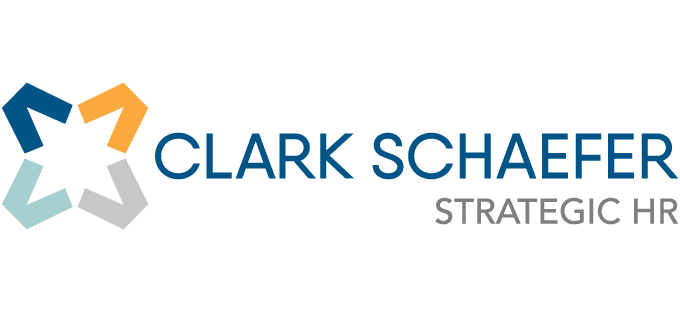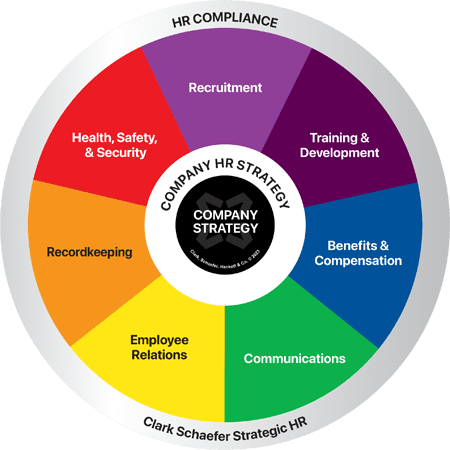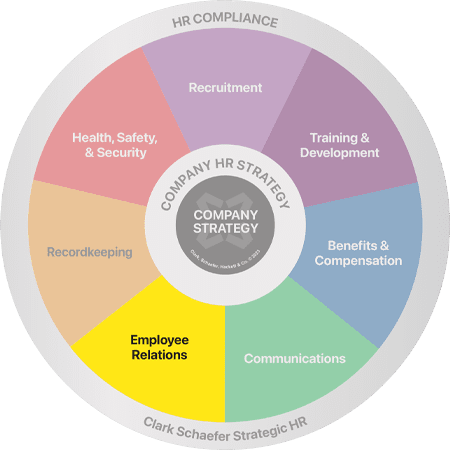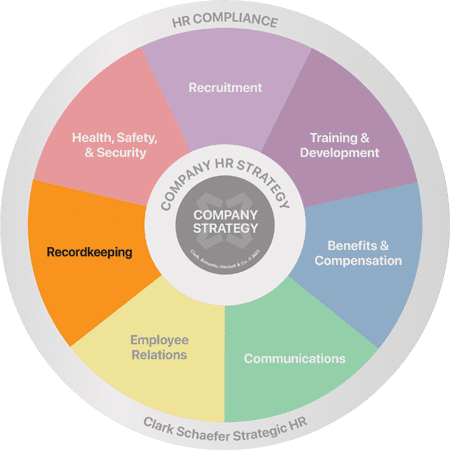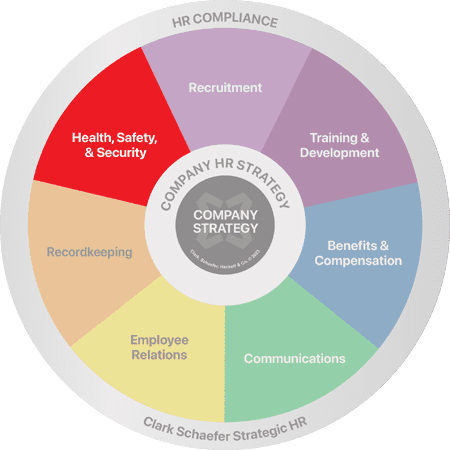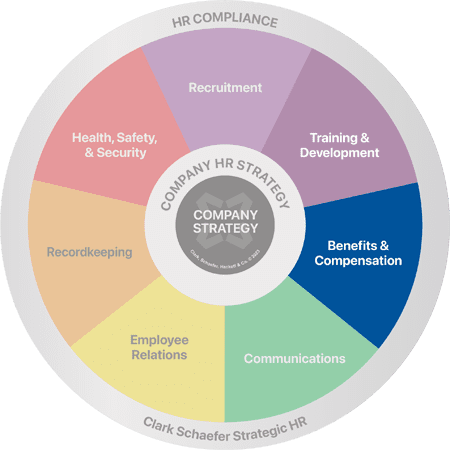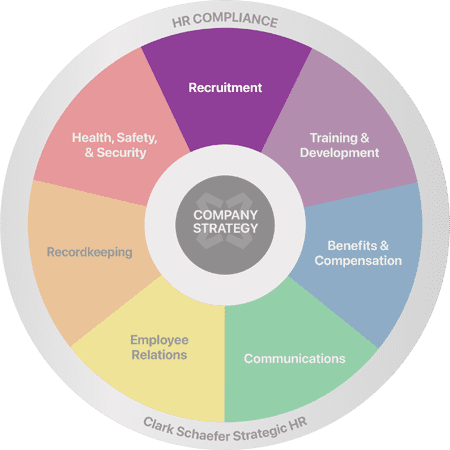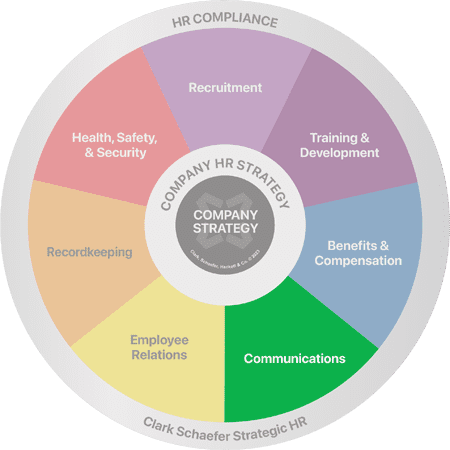HR Compliance Questions of the Week
Do I Have to Provide Employees Time Off to Vote?
Last Updatedin Benefits & Compensation, Communications, HR Compliance Question of the Week
How To Follow ACA Reporting Requirements & Avoid Penalties
Last Updatedin HR Compliance Question of the Week
Free Speech in the Workplace: Navigating Rights & Respect
Last Updatedin Communications, Employee Relations, HR Compliance Question of the Week
Workplace Bullying
Last Updatedin Communications, Employee Relations, HR Compliance Question of the Week
Investigations With Intention
Last Updatedin Employee Relations, HR Compliance Question of the Week
The Top Seven Handbook Policies to Include This Year
Last Updatedin HR Compliance, HR Strategy Question of the Week
Federal Employment Poster Requirements for On-Site and Remote Workers
Last Updatedin HR Compliance, Recordkeeping Question of the Week
How Do I Handle Missing or Incorrect I-9 Forms?
Last Updatedin HR Compliance, Recordkeeping Question of the Week
What Employers Need To Know About Michigan’s Earned Sick Time Act (ESTA)
Last Updatedin Benefits & Compensation, HR Compliance Question of the Week
How to Manage Creditable Coverage Reporting and Notices
Last Updatedin HR Compliance Question of the Week
Do I Need a New I-9 Form for a Name Change?
Last Updatedin HR Compliance, Recordkeeping Question of the Week
What are the Best HR Practices for the End of the Year?
Last Updatedin HR Compliance, HR Strategy, Recordkeeping Question of the Week
How to Conduct an Internal I-9 Audit
Last Updatedin HR Compliance, Recordkeeping Question of the Week
How To Conduct A Workplace Harassment Investigation
Last Updatedin Employee Relations, HR Compliance Question of the Week
What are the Latest ACA Reporting Changes and Deadlines?
Last Updatedin Benefits & Compensation, HR Compliance Question of the Week
How To Handle Expired Prescription Drug Use In The Workplace?
Last Updatedin Health, Safety & Security, HR Compliance, Training & Development Question of the Week
What Happens If the Non-Compete Ban Goes Into Effect?
Last Updatedin HR Compliance Question of the Week
What Are The Top 5 Commonly Missed Records In Employee Personnel Files?
Last Updatedin HR Compliance Question of the Week
Can I backdate FMLA paperwork?
Last Updatedin Benefits & Compensation, HR Compliance, Recordkeeping Question of the Week
Can We Cut a Live Check to Entice an Employee to Return Company Property?
Last Updatedin Benefits & Compensation, HR Compliance Question of the Week
Mandatory Retirement: Is It Legal?
Last Updatedin Employee Relations, HR Compliance Question of the Week
How To Conduct a Workplace Accident Investigation
Last Updatedin Health, Safety & Security, HR Compliance Question of the Week
Can an Employee Take FMLA Leave to Care for an Adult Child?
Last Updatedin HR Compliance Question of the Week
Is it Important to Use Consensual Relationship Agreements?
Last Updatedin Employee Relations, HR Compliance Question of the Week
What Laws Apply When Businesses Reach 50 Employees?
Last Updatedin HR Compliance Question of the Week
Who Has to Submit OSHA Form 300A?
Last Updatedin Health, Safety & Security, HR Compliance, Recordkeeping Question of the Week
Performance Review Copies
Last Updatedin HR Compliance, Recordkeeping Question of the Week
Can you be an Employee and Independent Contractor for the Same Company?
Last Updatedin HR Compliance Question of the Week
At-Will Employment Termination Risks
Last Updatedin HR Compliance Question of the Week
What is the Value of Job Descriptions?
Last Updatedin Communications, HR Compliance Question of the Week
Managing Frequent ADA Accommodations
Last Updatedin HR Compliance Question of the Week
FMLA Expiration and COBRA
Last Updatedin Benefits & Compensation, HR Compliance Question of the Week
Are Employee Gift Cards Considered Taxable Benefits?
Last Updatedin Benefits & Compensation, HR Compliance Question of the Week
Is It Okay To Use Personality Tests Prior To An Interview?
Last Updatedin HR Compliance, Recruitment Question of the Week
What Does In Loco Parentis Mean In Regards to an FMLA Claim?
Last Updatedin HR Compliance Question of the Week
How Can I Prevent Unethical Behavior On My Team?
Last Updatedin HR Compliance Question of the Week
Do Our Remote, Out-of-State Employees Qualify for FMLA?
Last Updatedin HR Compliance Question of the Week
H-1B Termination
Last Updatedin HR Compliance Question of the Week
Compensating Employees for Travel Time
Last Updatedin HR Compliance Question of the Week
What Should I Consider Before Doing a Reduction in Force?
Last Updatedin Communications, Employee Relations, HR Compliance Question of the Week
What is a Certificate of Qualification for Employment?
Last Updatedin HR Compliance, Recruitment Question of the Week
Can We Hire Someone on a J-2 Visa?
Last Updatedin HR Compliance Question of the Week
English-Only Rules in the Workplace
Last Updatedin HR Compliance Question of the Week
Unemployment For Seasonal Workers
Last Updatedin HR Compliance Question of the Week
Return To Work / Fit for Duty
Last Updatedin HR Compliance Question of the Week
H-1B Versus At-Will Employment
Last Updatedin HR Compliance Question of the Week
Impact Of Miscarriage On Leave
Last Updatedin Employee Relations, HR Compliance Question of the Week
Contact Us
Clark Schaefer Strategic HR
10856 Reed Hartman Hwy
Suite 225
Cincinnati, OH 45242
Clark Schaefer Strategic HR is recognized by SHRM to offer Professional Development Credits (PDCs) for SHRM-CP® or SHRM-SCP® recertification activities.
The information provided on this website does not, and is not intended to, constitute legal advice; instead, all information, content, and materials available on this site are for general informational purposes only. Readers of this website should contact their attorney to obtain advice about their particular situation and relevant jurisdiction. This website contains links to other third-party websites. These links are only for the convenience of the reader, user or browser; Strategic HR does not recommend or endorse the contents of the third-party sites.
